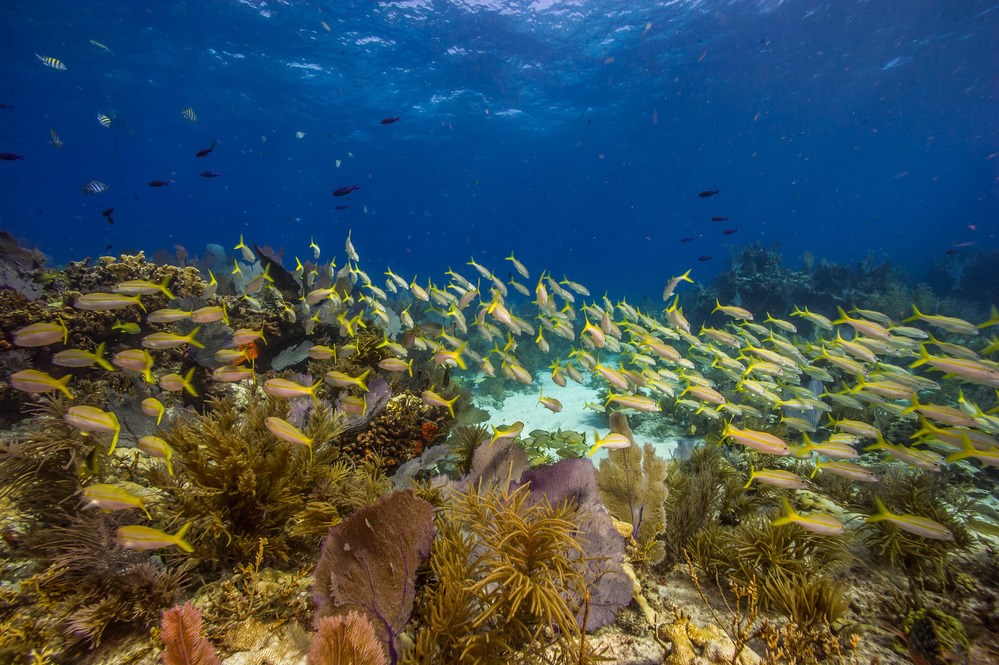Part of a series of articles titled Crystal Clear: A Call to Action.
Article
Crystal Clear: Baseline Aquatic Contamination and Endocrine Status in Resident Fish Populations of Biscayne National Park and Adjacent Coastal Wetlands

NPS Photo
Background
In September 2009, passive water samplers were deployed for a period of one month where nine different canals enter Biscayne Bay and at three locations within the bay. Based on the total number of detected contaminants, waters in the C-111 canal were the most contaminated, while the least contaminated locations were the central and northern bay locations. Very few wastewater chemicals were detected, indicating low wastewater contribution to Biscayne Bay. The C-1 canal, which passes the South Dade Wastewater Treatment Plant, did not have a greater wastewater contaminant load relative to the other canals. Additional sampling is underway to determine (1) if seasonality plays a role in contaminant introduction into the bay, (2) if OWCs are partitioning into sediments and the biota (fish), and (3) the endocrine status of a resident fish species. Polar Organic Chemical Integrative Sampling was completed in May 2011 and September 2011. Sediments were collected in October 2011 and December 2011, while fish were sampled during the wet season of 2012.Status
The South Florida Caribbean Inventory and Monitoring Network (SFCN) is collaborating with USGS to assess levels of emerging pollutants of concern (EPOCs) and wastewater contaminants that enter the near shore waters of Biscayne Bay and Biscayne National Park. The SFCN is working in conjunction with the USGS’s Dr. Tim Bargar (Florida Integrated Science Center) and Dr. David Alvarez (Columbia Environmental Research Center) to complete the third phase of the project by collecting sediment samples and fish samples. All field work for the contaminants project has been completed. Fish samples are being processed for histological data and contaminant burden. Once this is complete, it will establish data for baseline aquatic contamination and endocrine status in a resident fish species of Biscayne National Park.Last updated: November 7, 2018
